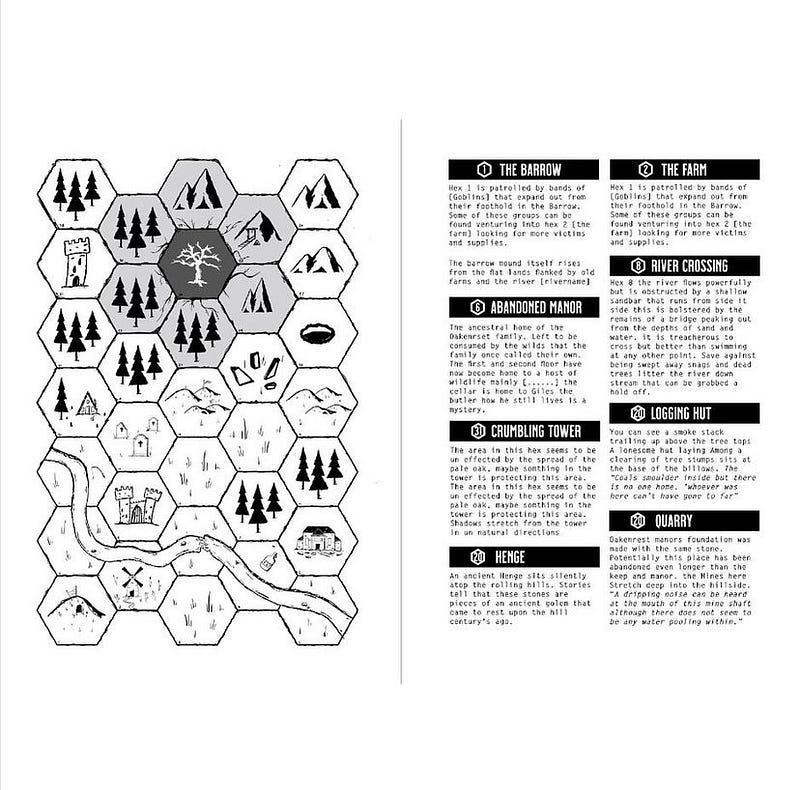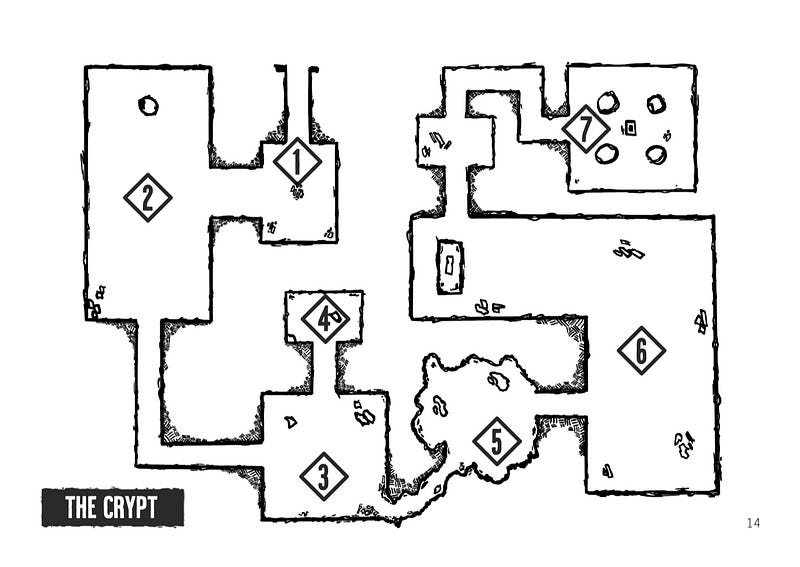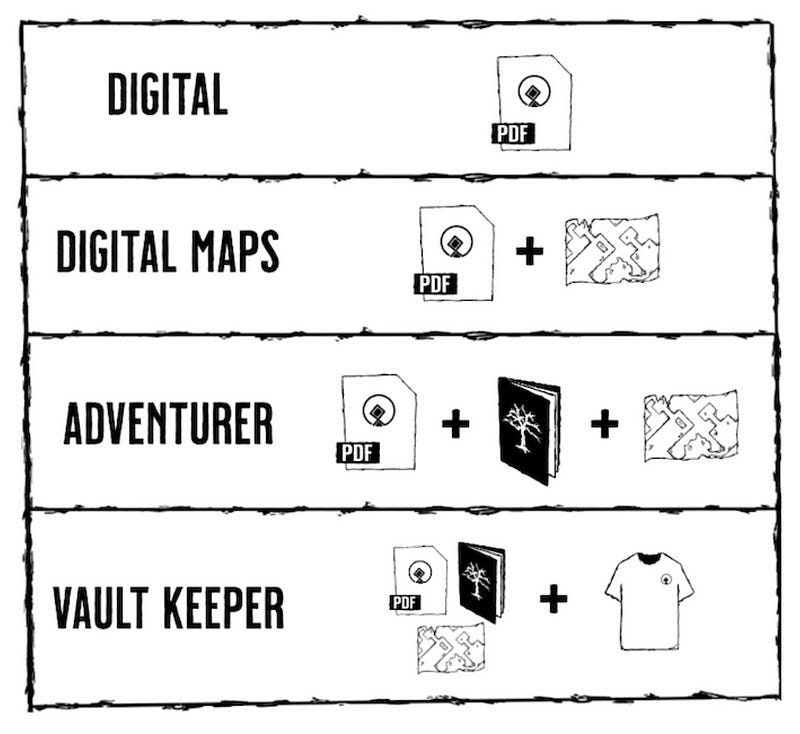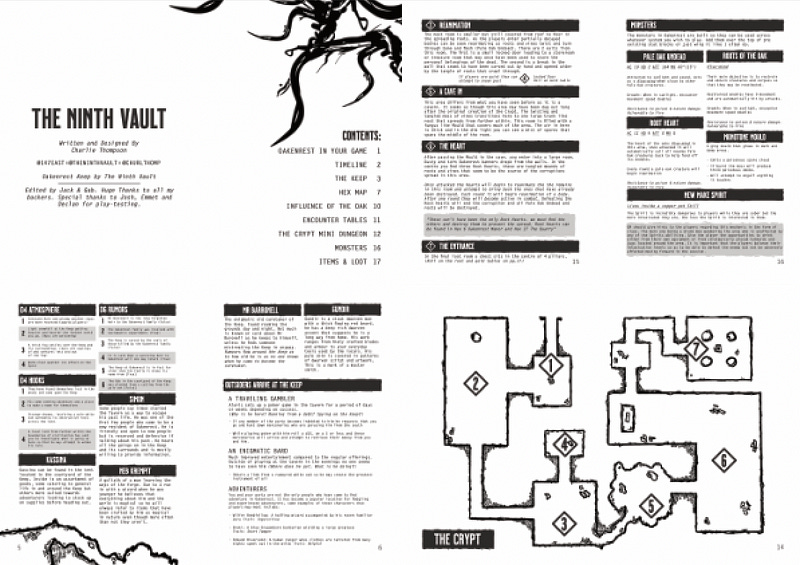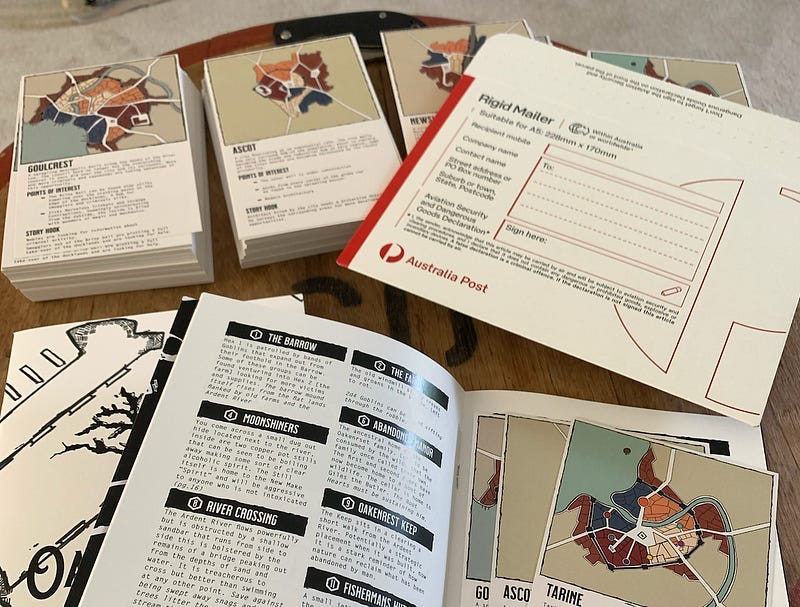I’m an Industrial Designer based out of Tasmania Australia who plays a lot of tabletop RPGs. When creating content for my own games I have found myself with a backlog of designs, drawings and stories that I’m working to build into available content.
Some would say I have been obsessed with Kickstarter for a long time. Is it the style of content that is produced on there, or is it the crowd funding ideology as a whole that drew me to it. I think its certainly a bit of both.
For many years, before launching my Kickstarter I had backed projects here and there and always wondered about the possibilities if I was to produce something and what it may be. Finally the time came for me to take the leap and begin the process of creating my campaign. My initial concepts and designs changed over time and much of the core design and writing had been completed during my own gaming sessions. This was important to me as I could then be sure I was ready to produce the project in the time frame I had planned for.
The idea
Setup
Launching
The Campaign
Funded
Shipping
Being based out of Hobart, Australia, and most of my backers being from the US/EU, it meant that for me the shipping was always going to be a bigger hit than for someone based out of a central area in either of those 2 places. This meant that I had to go into the project taking into account that postage would be larger expenditure. It has become the norm within crowd funding that the shipping details and price are completed and paid for in the post campaign backer survey (Generally done through Backerkit or similar) This allows creators to better evaluate and price shipping as it can be charged closer to the distribution date, rather than charging during the campaign and risking that 2–6 months later the prices have change quite drastically as seen throughout the last few years.



